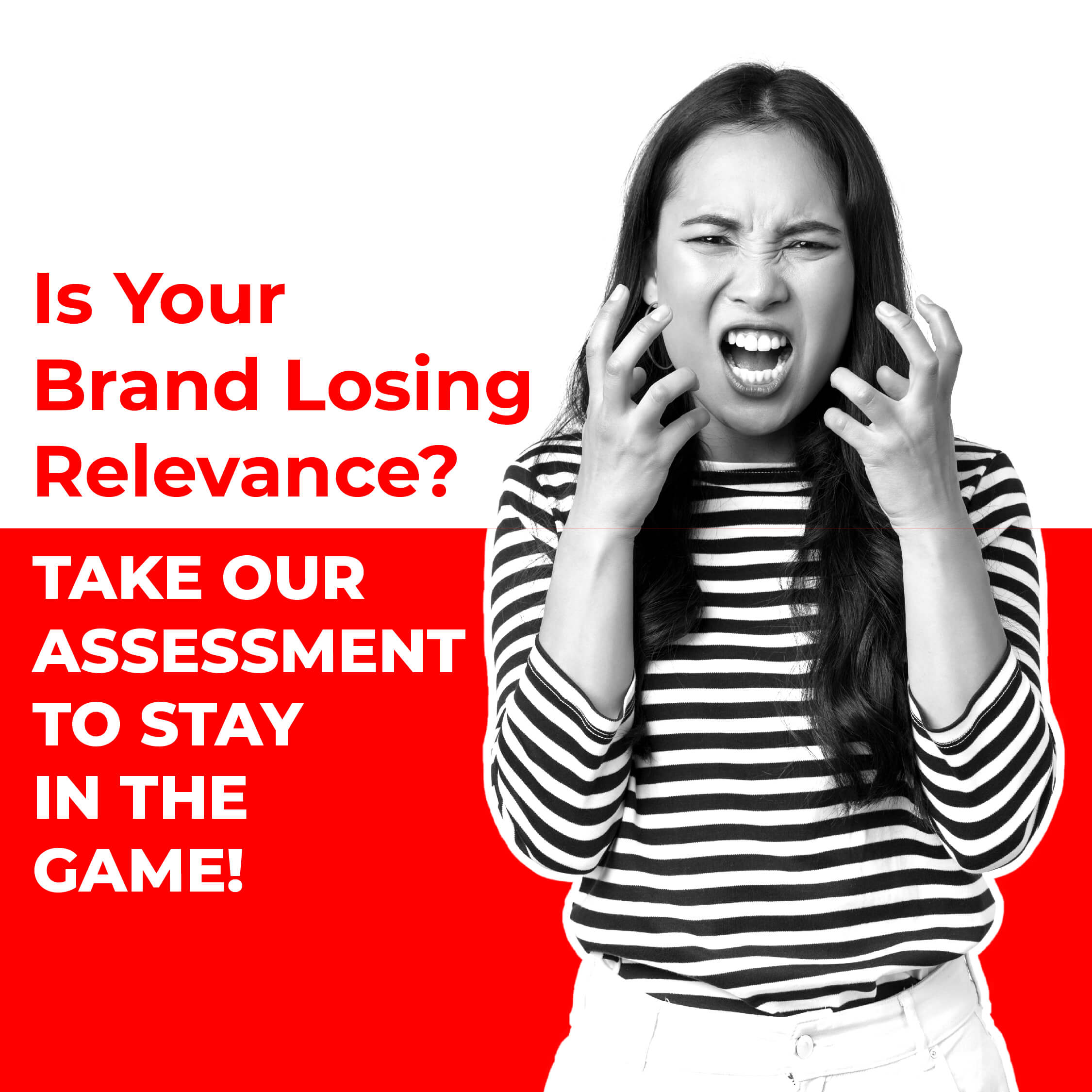
Successful brands have the power to meet the expectations of their customers, representing a promise that is kept and creating trust, belief, and loyalty. This results in repeat purchases and builds a solid customer base over time. However, the branding strategies of companies today face major challenges due to the rapidly growing competition in the FMCG industry. In particular, brand preference and retention of consumers are top challenges for companies to handle. Therefore, companies need to understand the concept of brand and branding strategies, as well as the classification of FMCG brands.
A brand strategy is a long-term plan for the development of a successful brand to achieve specific goals. A well-defined and executed brand strategy affects all aspects of a business and is directly connected to consumer needs, emotions, and competitive environments. The overall branding strategy is enhanced by incorporating brand slogans. There are many types of branding strategies in marketing that will build brand equity, adding value to the company. Companies can employ multiple strategies to increase the odds of a successful campaign. Branding is an integral part of the business-building process, and large corporations spend hundreds of millions of dollars building their brands.
How to Create FMCG Branding That Can’t Be Ignored
In the realm of fast-moving consumer goods (FMCG), the need for innovative branding strategies is more crucial than ever. Embracing a shift from the traditional value-creation model that dominated post-WWII, the digital age demands agility and disruption. The pandemic intensified this need, expanding our digital landscape and altering consumer experiences. To stay competitive, FMCG companies must evolve, understand their customer base, and foster meaningful connections. Recent research identifies key drivers influencing consumer behavior, emphasizing personalized marketing, healthy lifestyle trends, convenience, and a preference for purpose-driven brands.
The shift towards digital marketing and catering to the unique demands of the millennial market is essential for success. In this ever-evolving landscape, the traditional value-creation model has become obsolete, hindering even the largest FMCG companies’ organic growth. To navigate this new reality, brands must align with their target audience, increase customer loyalty through distinctive brand identities, share compelling stories, develop genuine brand purposes, and stay digitally relevant.
The Five Pillars of Successful FMCG Branding
In the ever-evolving world of FMCG, standing out is not just a goal; it’s a necessity. Let’s delve into our game-changing strategies that redefine the FMCG landscape:
#1: Audience Alignment
Understanding your target audience is not just a step; it’s the cornerstone of successful branding. In a world where mass marketing falls short, personalized engagement is the key. The era of appealing to demographics is over; today’s consumers demand individualized marketing that resonates with their values and interests. Aligning your brand with your audience creates an unbreakable connection that transcends mere transactions.
#2: Enhanced Customer Loyalty
Building a strong customer base is the first step; retaining their loyalty is the ongoing challenge. A distinctive and captivating brand identity sets you apart from the competition. From packaging and logo design to customer service and social media presence, every element of your brand identity plays a crucial role. Cohesiveness tells a compelling story, making your brand professional, trustworthy, and authentic – the trifecta that secures customer loyalty.
#3: Unique Storytelling
Great brands are built on great stories. Dive into the visual design and packaging of top FMCG brands, and you’ll discover the meticulous work invested in every detail. Effective packaging design and visual storytelling allow you to share your brand identity at a glance. Telling your unique story humanizes your brand, forges enduring relationships with consumers, and ensures your product stands out in saturated markets.
#4: Genuine Brand Purpose
Consumers today are socially conscious, looking beyond the product’s value to the impact of the brand behind it. Before delving into packaging design rules, consider the values and causes that inspired your brand. Whether it’s a focus on traditional ingredients, eco-friendly practices, convenience, innovation, or healthy living, ensure your visual design or slogans reflect these beliefs. A genuine brand purpose not only resonates with consumers but also shapes your brand’s identity.
#5: Digital Relevance
In a world where retail has gone digital, staying relevant is non-negotiable. Digital marketing is the key to attracting and retaining customers while gaining brand traction swiftly. Whether through e-commerce, an official brand website, or active social media communities, cultivating a robust digital presence expands your reach and fosters lasting connections with potential customers.
Whether you’re an established FMCG giant or an emerging entrepreneur with a dream, competitive branding is your ticket to success. As you embark on your branding evolution, remember, that it’s not merely about staying relevant; it’s about shaping the narrative, connecting authentically, and leaving an indelible mark in the hearts and minds of consumers. In this era of constant change, be the brand that doesn’t just adapt – be the brand that leads the way.


Post Comment